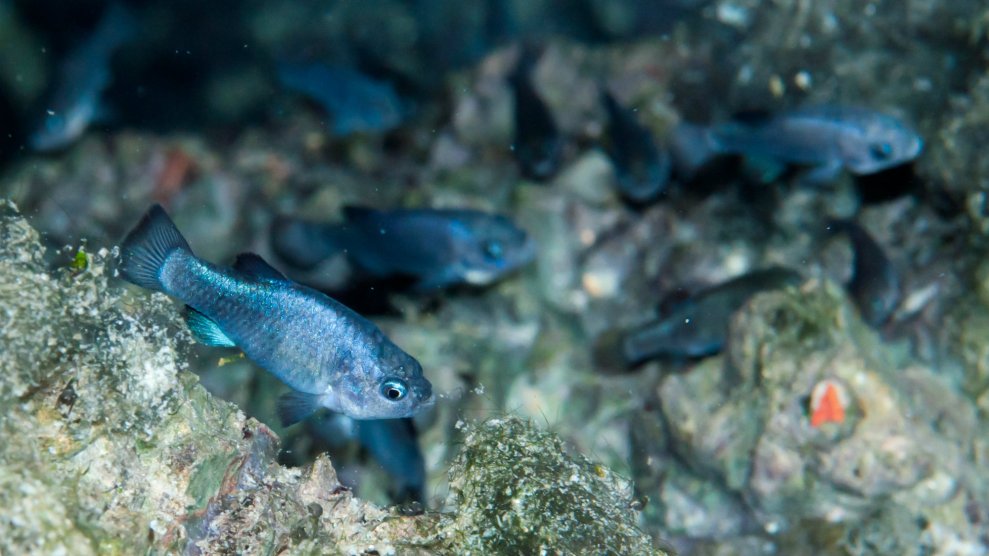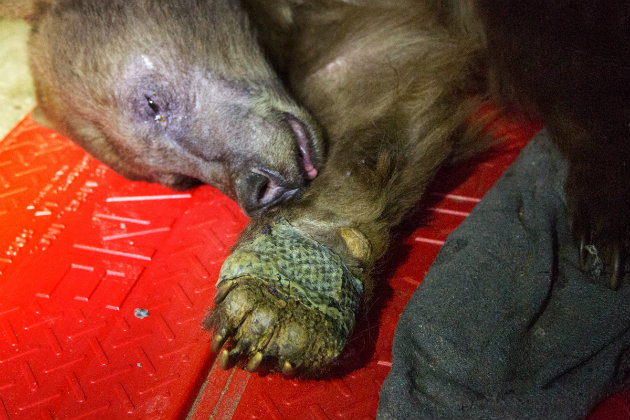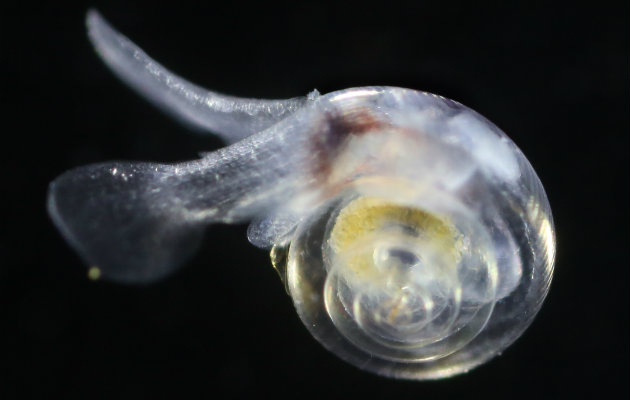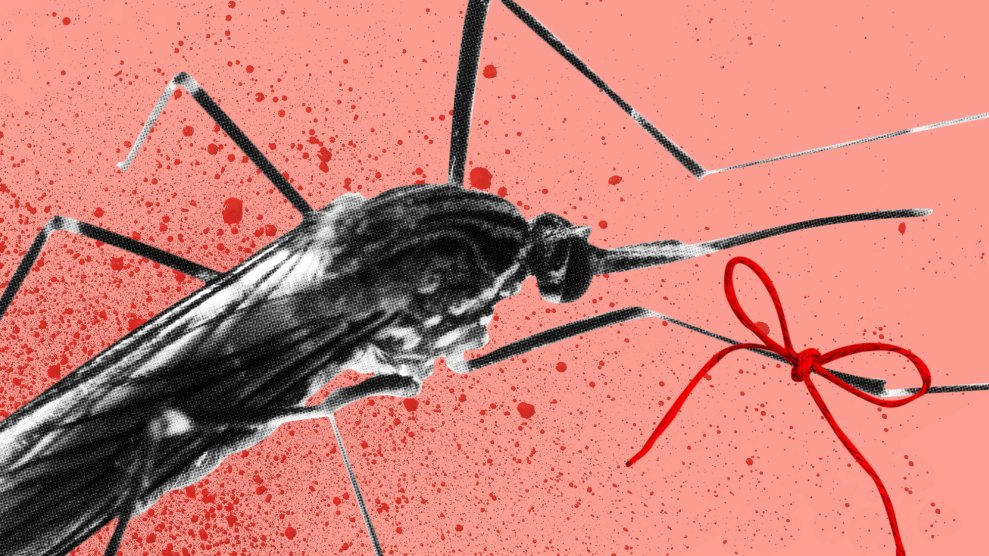
Olin Feuerbacher/NPS
This story was originally published by High Country News and appears here as part of the Climate Desk collaboration.
The West is a challenging place to live these days, with fires and mudslides, droughts and heat waves—to say nothing of the political climate. But the West’s residents are nothing if not resilient, and that includes the nonhumans. High Country News rounded up a few recent favorite examples of animals—from bears to mosquitoes—surviving in these tumultuous times.

Even spineless pests can learn that no means no. Scientists in warmer regions of the West, especially the Southwest, have worried for years about the potential for climate change to increase incidences of mosquito-borne illnesses such as dengue, chikungunya or Zika, all of which are carried by Aedes aegypti. Scientists in West Virginia recently found that mosquitoes of that species learn and remember people’s smells, developing preferences for different species and even individuals. While scientists don’t know what attracts mosquitoes to particular people, the good news is that they also learned these mosquitoes can be trained. If you swat at a mosquito enough, she may learn to avoid you, no matter how attractive she thinks you smell.

Tiny acts of survival make an ocean of resilience. Pteropods, also called sea butterflies, are pinhead-sized marine snails that are important food sources for animals such as whales and salmon. Marine biologists have long known that human-caused carbon dioxide emissions are causing ocean acidification, which kills sea butterflies by weakening and crumbling their shells. Recently, though, sea butterflies near Greenland have been found repairing their shells from the inside with calcium carbonate patches. The outside of their shells have also proven more resistant to corrosion than expected. If the tiny creatures turn out to be more resilient to an acidifying ocean than anticipated, that could mean that marine food webs in places such as the Pacific Northwest—where the ocean is naturally more acidic to begin with—may be more able to withstand climate change.
Note: This article has been updated to correct a misspelling of the name of Ambre Chaudoin, a biological technician at Death Valley National Park.















